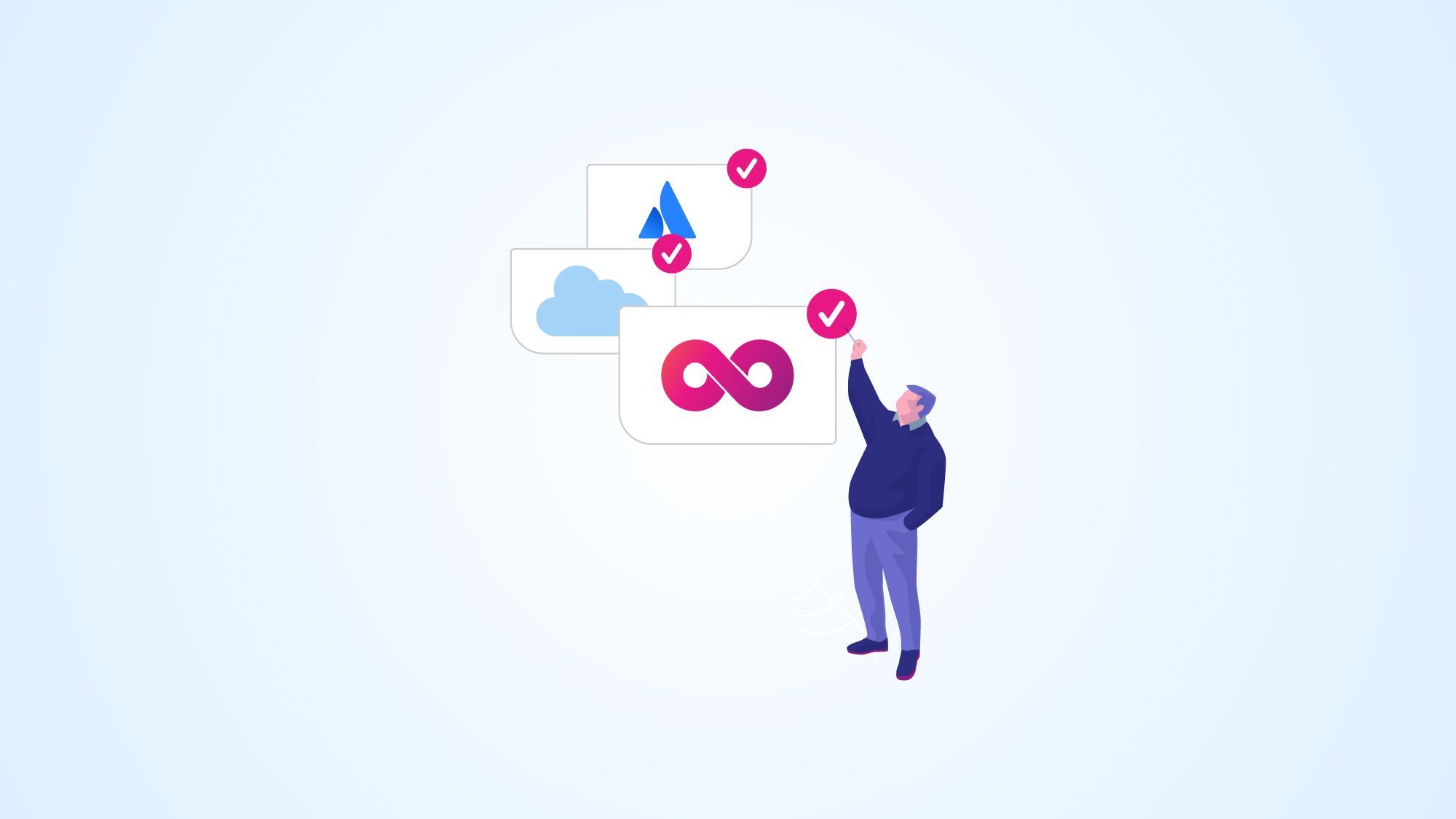
Developers usually spend more time in-between tools, updating their work status and sharing it with other teams instead of developing and creating innovative solutions. This occurs when the current set of tools doesn't contribute to implement DevOps practices. Here, we'll show how to improve DevOps experiences using Atlassian Cloud products.
According to a survey conducted by Atlassian about DevOps trends, more than 80% of developers confess their tools require manual work and aren't connected, creating more work when collaborating with the operation teams and getting in their way regarding speeding up the software development lifecycle, and providing continuous and high-quality product delivery.
If it's needed for developers to deliver quality code faster, Atlassian's cloud solutions help, starting with Jira Software Cloud, the place where the day-to-day data is recorded and stored, and expanding to other products such as Bitbucket Cloud (GitHub, GitLab), Jira Service Management Cloud, Opsgenie and Slack, depending on your deployment needs. With these tools, you can benefit from:
Atlassian Cloud products unify the work involved in a DevOps process, reducing collaboration overhead. Let's evaluate how these products help developers to be more productive; specifically using the new built-in features, its automatization capabilities, and the integrations that help to deliver code faster:
The DevOps toolbox practices don't have an approach that works for all teams, each one (and each organization) has its own needs and structures, and uses different apps and products. Because of this, there's a critical need to coordinate work.
Atlassian's 2020 survey (download it from the pop-up) indicates that an increasing number of teams following DevOps practices have admitted needing, at least, five software tools to understand the status of a project. On the other hand, IT operations and business teams aren't using the same tooling, getting lost about what's happening and when. That's where Jira comes in handy, as it autonomically unifies the work, centralizes different tools, and provides visibility about what's happening and when.
Integrating Jira Software Cloud, Bitbucket Cloud, GitHub, and GitLab with each other allows issue tracking and automated project updates centralized in Jira:
Perhaps you already had an idea about the power of visibility, communication, and ease Atlassian products offers for the development process, but what's new in the cloud versions?
Bitbucket Cloud has Your Work Dashboard, which now includes the Jira issues the user has assigned; this will allow moving quickly from one task to another without jumping from one tool to another. In addition, within each repository, there's a new view at the team level by the project. Check the image below:
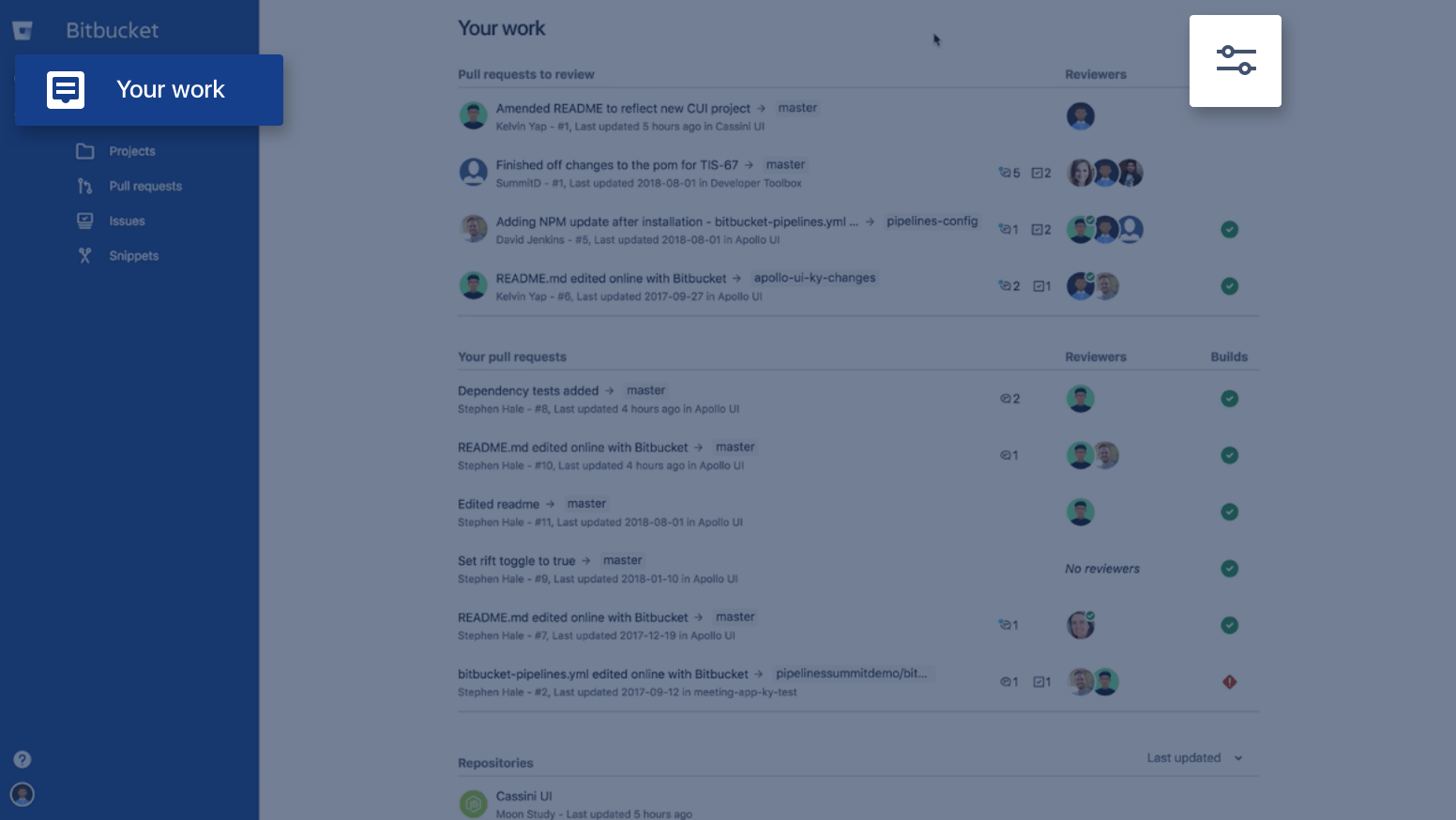 Your Work Dashboard in Bitbucket Cloud promises to improve your DevOps experience.
Your Work Dashboard in Bitbucket Cloud promises to improve your DevOps experience.
With a few clicks, the new Automation Triggers for Jira Software Cloud allow the creation of automation rules to synchronize the work with development activities, applying triggers that react to commits or pull requests in any connected code repository.
These no-code triggers allow updating the status of related Jira issues automatically. This new automation enables the creation of more complex rules, such as reassigning Jira issues for code review or sending a message to the team's Slack channel about new PRs. These Automation rules work with Bitbucket Cloud, GitHub, GitLab, and any other code repository that integrates with Jira Software Cloud.
Every team wants good tools to write and review code; who doesn't? With Bitbucket Cloud, it's possible to maximize developer productivity by writing and reviewing code as efficiently.
It doesn't matter if working in Bitbucket or the IDE is preferred. The main goal is to follow the workflow and reduce the constant and unnecessary switching between all the software tools.
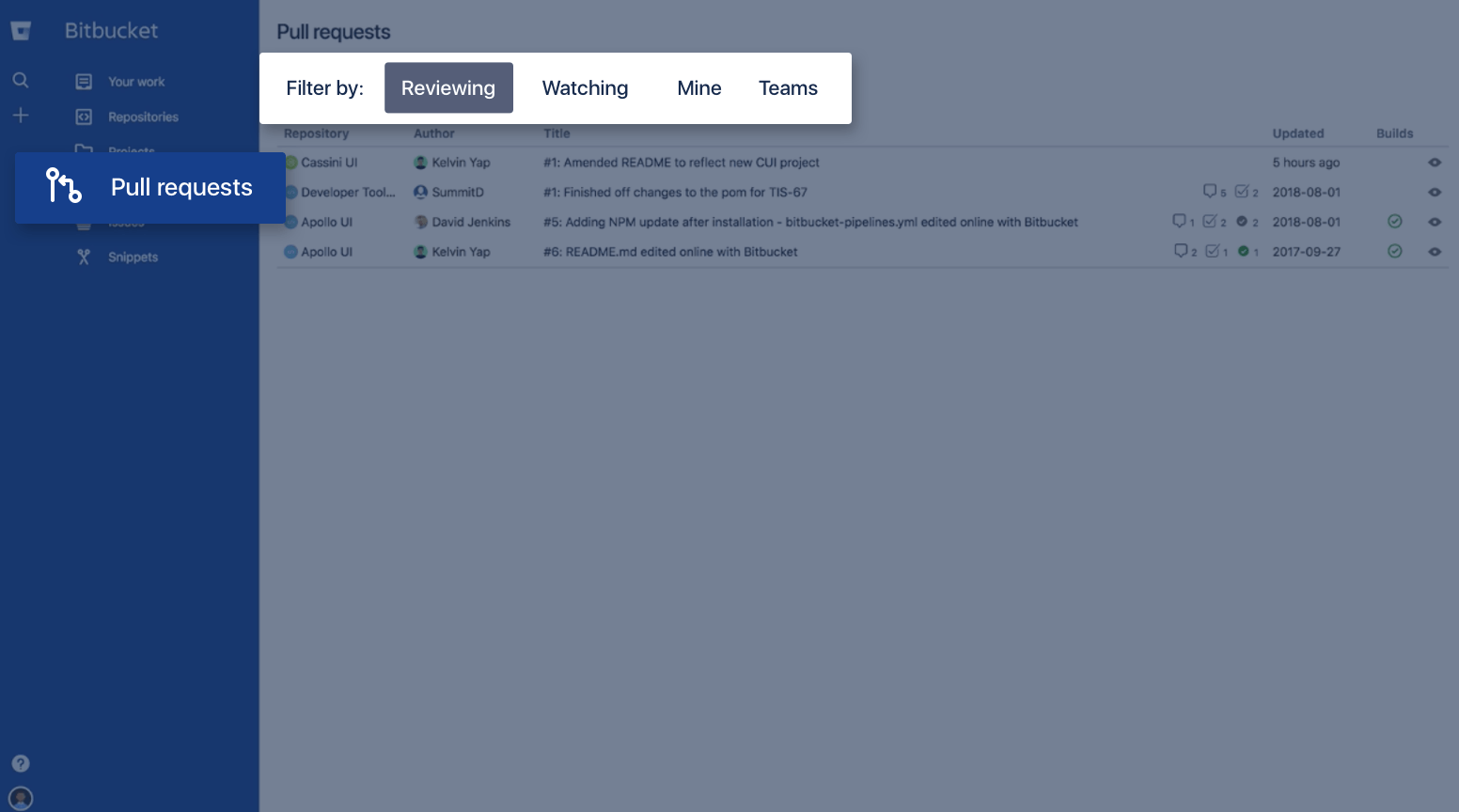 Reduce constant switching between your DevOps tools with Bitbucket Cloud's Pull Request experience.
Reduce constant switching between your DevOps tools with Bitbucket Cloud's Pull Request experience.
The new Pull Request experience in Bitbucket Cloud makes reviewing code changes faster. Its additional features, such as consolidating a list of tasks, Jira issue creation, and activity feed filters, allow developers to complete code reviews efficiently and simultaneously work on multiple pull requests.
Atlassian's integration with Visual Studio Code (VS Code) allows bringing the development environment into the editor. Besides the Jira Software Cloud task list, you'll have a complete code review experience and continuous integration and delivery tracking with Bitbucket Pipelines.
Teams applying DevOps practices try to accelerate their pipeline by automating and using the "Shift Left" testing model for manual checks in the Continuous Integration/Continuous Delivery (CI/CD) process.
To make the code review experience easier, Bitbucket Cloud now integrates code analysis and quality reporting; this allows reviewers to be alerted about potential issues before they reach the production stage. In addition, the new feature of automated change management from Jira Service Management Cloud allows you to connect your CI/CD pipeline to higher-level change approvals.
It's a Bitbucket Cloud feature that provides reports and annotations to improve code quality in Pull Requests throughout the code review process. This feature allows integrations with:
Start delivering the best code quality possible, implement some of the code ideas that may come up during the process, and avoid those pain points by identifying them using static analysis reports, security analysis results, and more with this Bitbucket Cloud feature.
Automated change management is achieved by integrating the Jira Service Management Cloud and Bitbucket Pipelines, which will automatically pause the CI/CD process, create a change request in your Jira Service Management and trigger the implementation once approved. This sounds good as a concept, but How does this automated change management work?
The key to achieving efficient incident resolution is to quickly determine the cause of the problem. As teams adopt DevOps practices and automate the deployment processes, failures during this process are expected. How to deal with a service interruption during non-working hours? First, it's necessary to determine if a recent code change caused the outage and verify which developer did it to consult with them.
Today, this task requires detective work, which can be accomplished by tracing the Git history and issues in Jira; however, Opsgenie's new integration with Jira Software Cloud and Bitbucket Cloud provides an audit trail of recent deployments with related Jira issues. Fewer working hours and more effective work!
The integration of Opsgenie and Bitbucket Cloud centralizes alerts and filters out unnecessary information to ensure the right issues are received at the right time, alerting the developers concerned about the problem, which will help them take appropriate action.
This panel allows monitoring of the deployment done before the incident, adding it as a potential cause, and contacting the developer who made the change so they can reverse it and solve the incident.
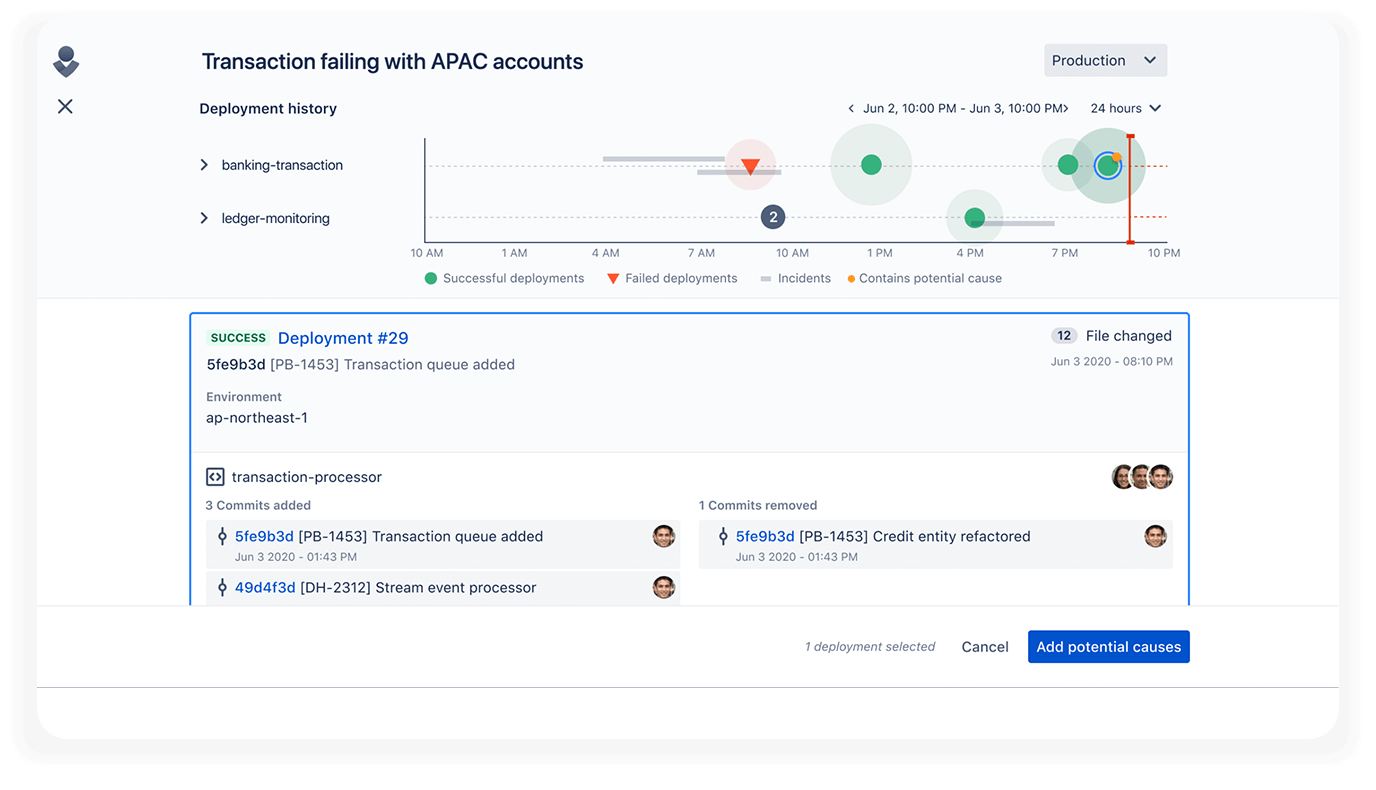 Bitbucket Cloud incident investigation dashboard allows identifying bugs and the responsible party.
Bitbucket Cloud incident investigation dashboard allows identifying bugs and the responsible party.
The successful implementation of DevOps practices is not exclusively about implementing one set of tools; people and culture are the baselines for any organization, and for DevOps, there's no exception. Communication is essential to enrich culture, so keeping the team (via Slack) and customers (Statuspage) informed about what's happening is vital for successful implementation and effective service delivery.
If you feel overwhelmed by so much information and are interested in implementing DevOps practices within your organization, start with the simplest steps and then expand according to your needs. If you think you'll need help with this or if you have any questions, contact us, leave a comment here, or interact with us through our social media channels - we're here to help you with Atlassian!
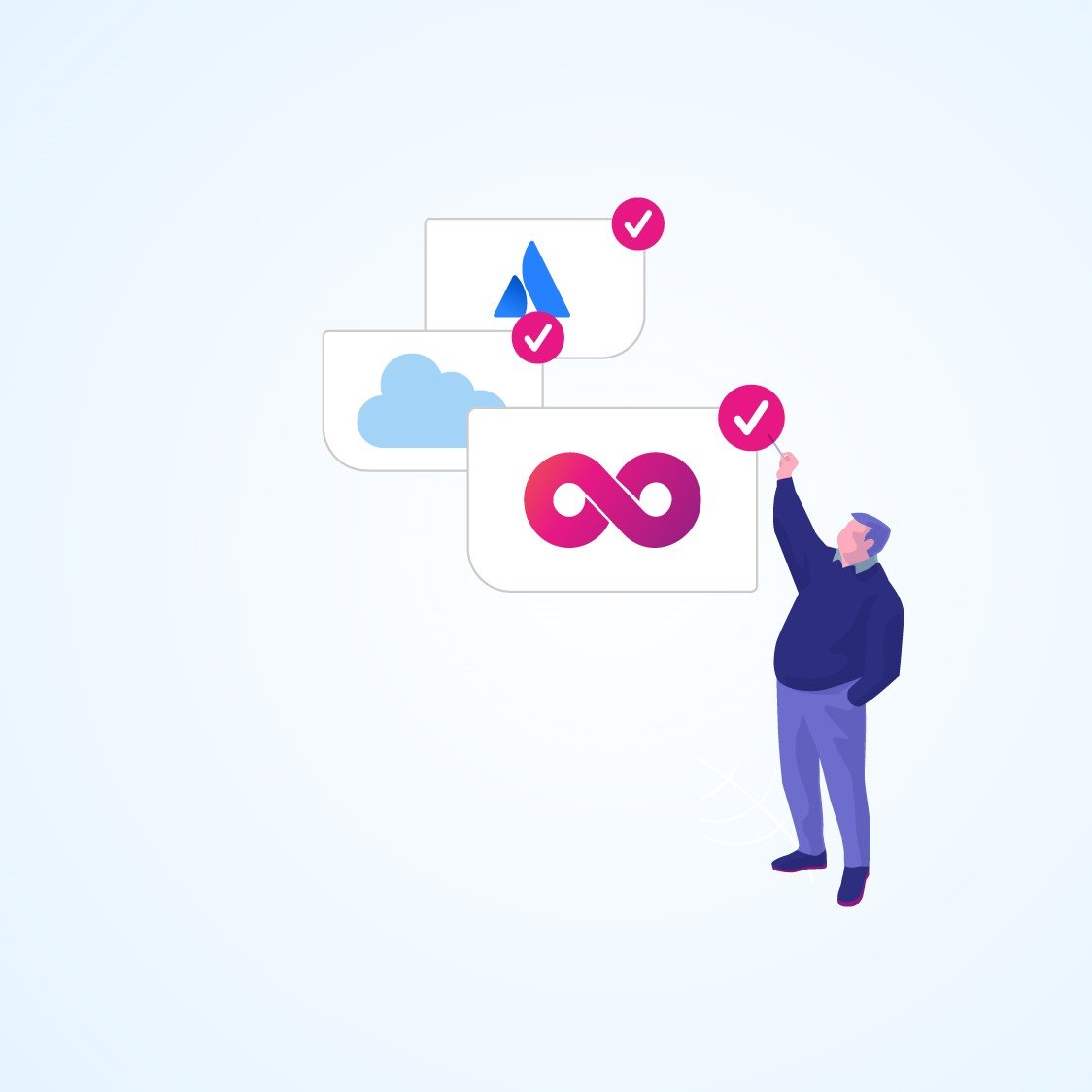
If you need to implement any or all the tools designed to help IT development and operations teams be coordinated, and you're looking for more information, click the button below.
Empower your teams with the right software tools to improve their day-to-day. As an Atlassian partner with years of experience, we can help by answering any question and helping you implement the right Atlassian solution for your needs.
These Stories on DevOps
No Comments Yet
Let us know what you think